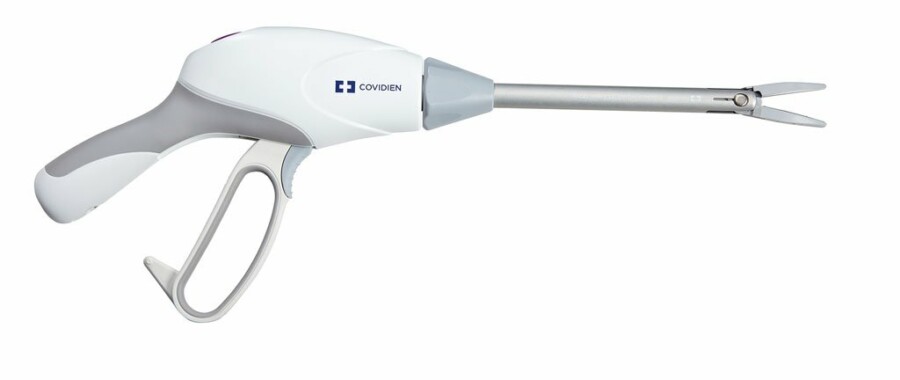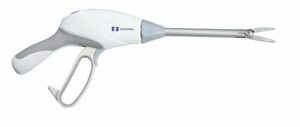Ligasure Device


Revolutionizing Veterinary Surgery: The Role of Ligasure Devices
In the realm of veterinary medicine, advancements in surgical technology continuously push the boundaries of what is possible in caring for our beloved animal companions. One such innovation that has gained significant attention is the Ligasure device, a tool that has revolutionized surgical procedures by offering precise vessel sealing and tissue fusion capabilities.
What is a Ligasure Device?
A Ligasure device is an advanced surgical instrument designed to seal blood vessels and tissue during surgery. Unlike traditional methods such as sutures or clips, which can be time-consuming and may not always provide an adequate seal, Ligasure devices use a combination of pressure and energy to precisely and effectively seal vessels up to 7mm in diameter. This sealing process helps minimize bleeding, reduce surgical time, and enhance overall surgical outcomes.
How Does it Work?
The technology behind Ligasure devices involves the use of radiofrequency (RF) energy. When activated, the device delivers energy to the tissue, causing proteins in the tissue to denature and form a seal. This process is controlled and precise, minimizing damage to surrounding tissue and nerves. The device also includes feedback mechanisms that ensure optimal energy delivery based on tissue impedance, enhancing safety and reliability.
Advantages in Veterinary Surgery
1. Reduced Blood Loss:
By effectively sealing blood vessels, Ligasure devices significantly reduce intraoperative bleeding. This is particularly beneficial in surgeries where excessive bleeding can complicate the procedure and increase the risk of postoperative complications.
2. Faster Surgery Times:
Compared to traditional methods of vessel ligation (such as sutures or clips), Ligasure devices can streamline the surgical process. Surgeons can perform procedures more efficiently, leading to reduced anesthesia time and faster recovery for the animal.
3. Enhanced Precision:
The ability to precisely seal vessels and tissues allows for more delicate and intricate surgeries. This is especially advantageous in procedures involving delicate organs or structures where precision is critical to maintaining function and minimizing trauma.
4. Improved Postoperative Recovery:
Minimizing tissue trauma and reducing surgical time can contribute to faster healing and recovery for animals undergoing surgery. This can lead to shorter hospital stays and a quicker return to normal activities.
Applications in Veterinary Medicine
Ligasure devices are versatile and find application across various surgical specialties in veterinary medicine, including:
- Soft Tissue Surgery: For procedures involving the abdomen, thorax, and other soft tissues.
- Orthopedic Surgery: In procedures such as joint surgeries or bone surgeries where precise tissue handling is crucial.
- Oncologic Surgery: Particularly useful in tumor resections where minimizing bleeding and maintaining tissue integrity are paramount.
Case Studies and Success Stories
Numerous veterinary clinics and hospitals worldwide have adopted Ligasure technology with impressive results. Case studies often highlight how the use of Ligasure devices has contributed to successful surgeries with reduced complication rates and improved patient outcomes.
Future Directions
As technology continues to evolve, future iterations of Ligasure devices may incorporate additional features such as enhanced energy delivery systems, advanced feedback mechanisms, and integration with robotic surgery platforms. These advancements aim to further improve surgical precision, reduce operative times, and broaden the applicability of these devices in veterinary surgery.
In conclusion, Ligasure devices represent a significant advancement in veterinary surgical technology, offering veterinarians a reliable and effective tool for achieving hemostasis and tissue sealing. As these devices become more widely adopted, they promise to continue enhancing the quality of care provided to our animal companions, ensuring safer and more successful surgical outcomes.